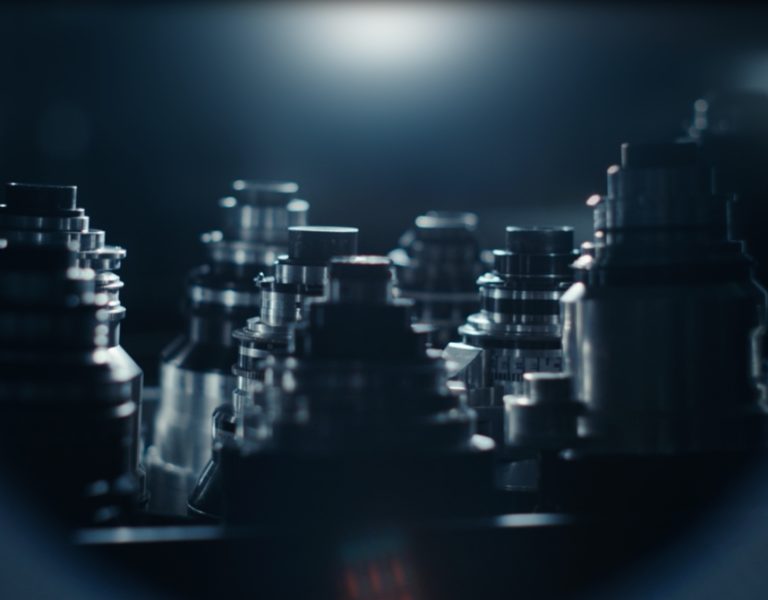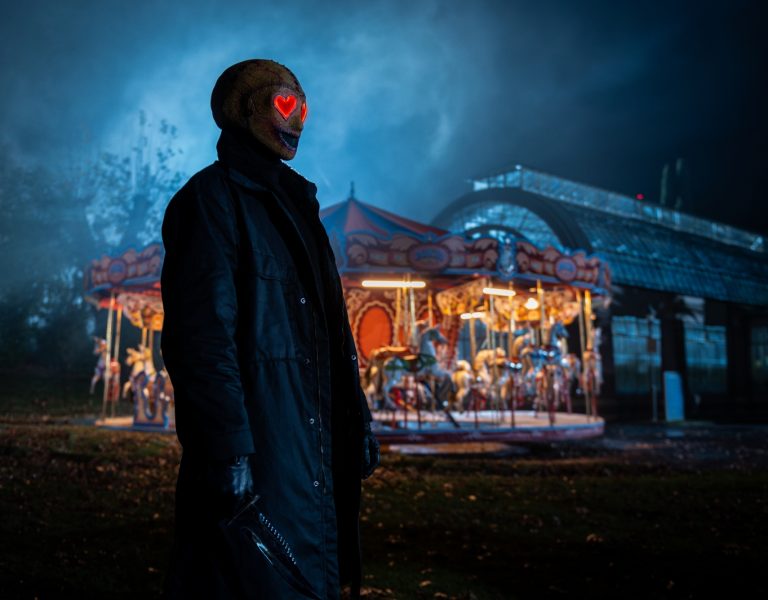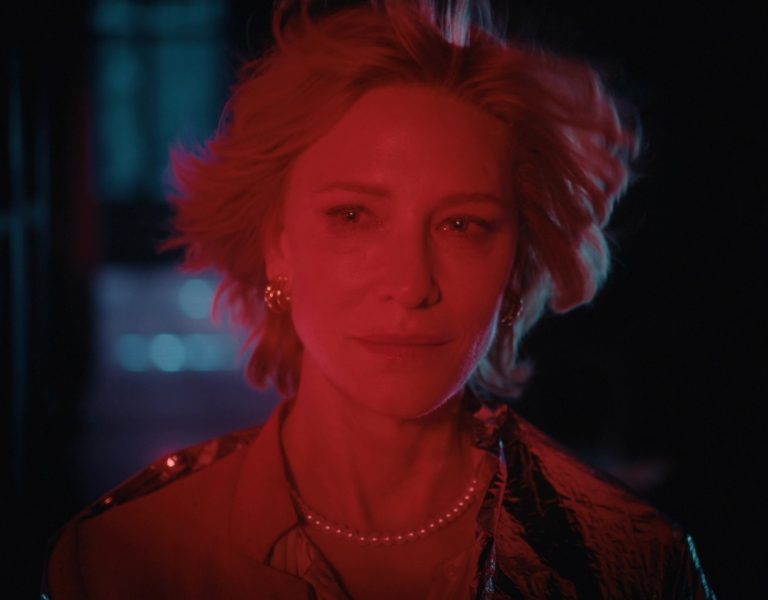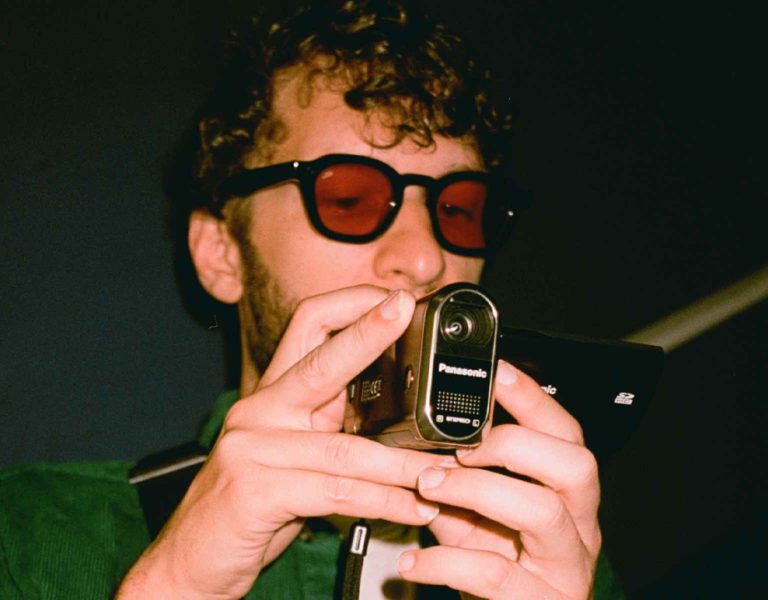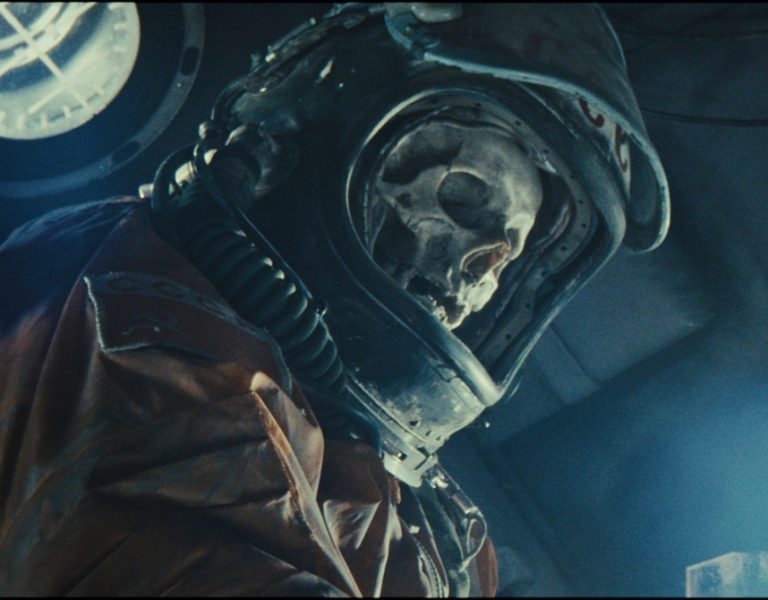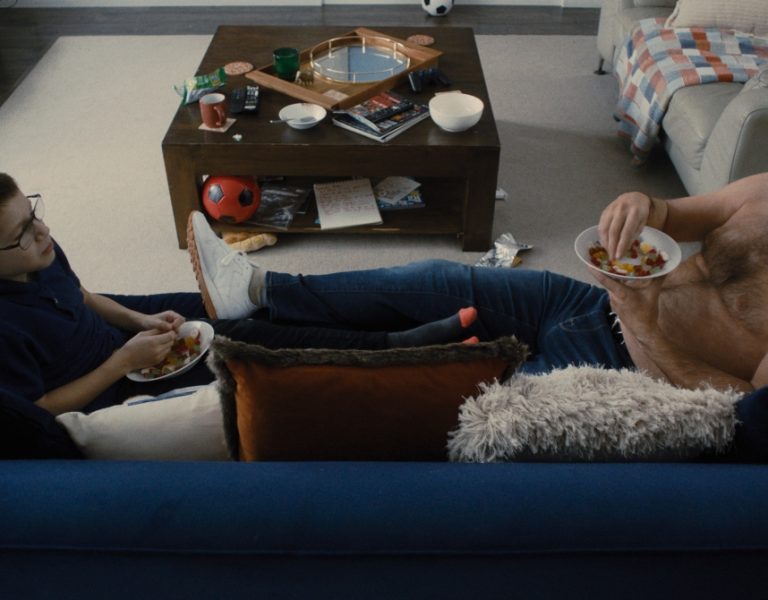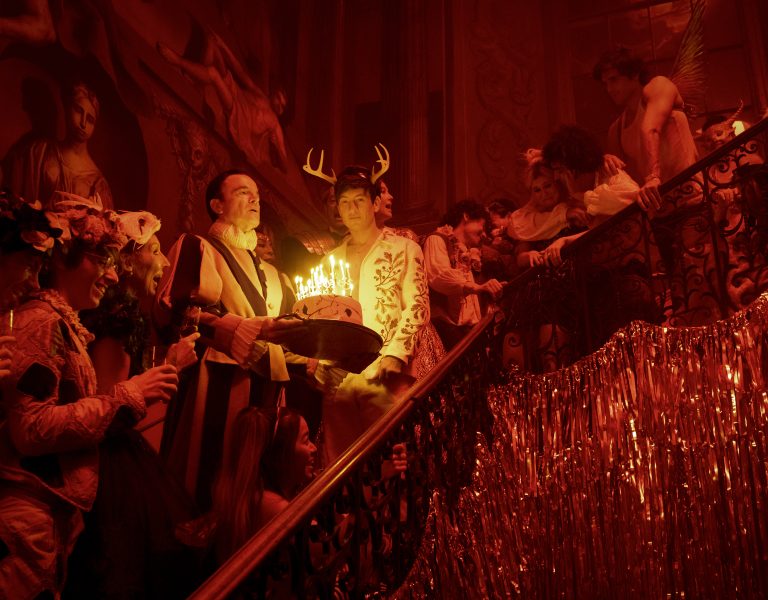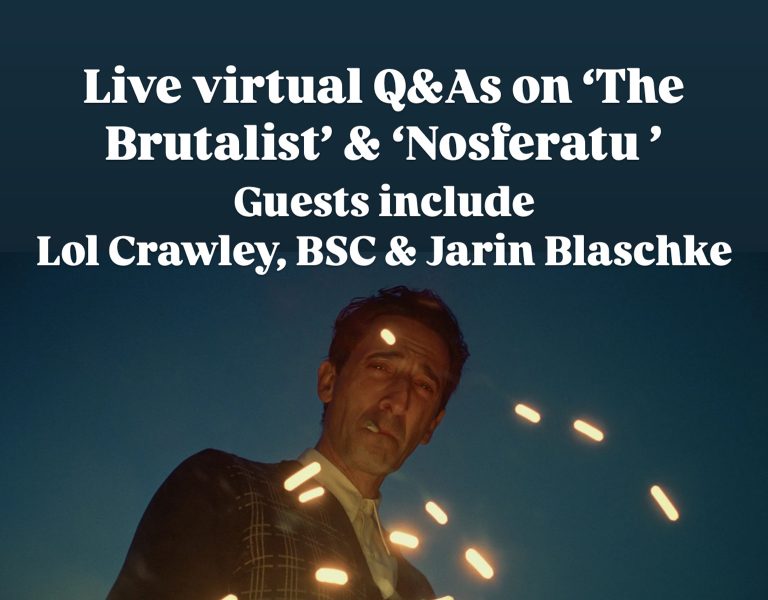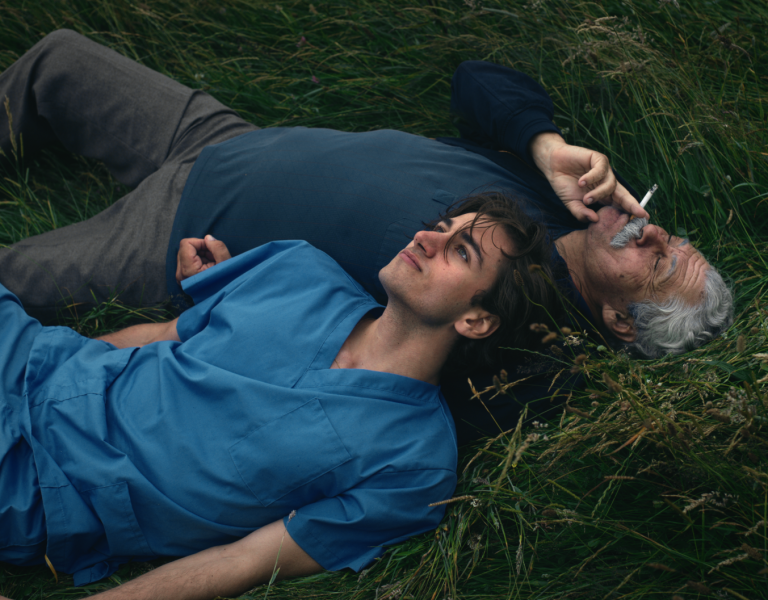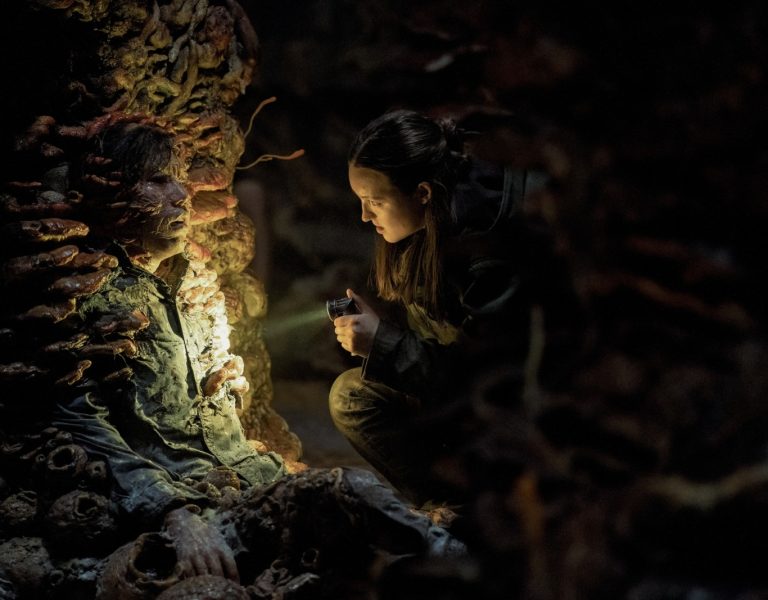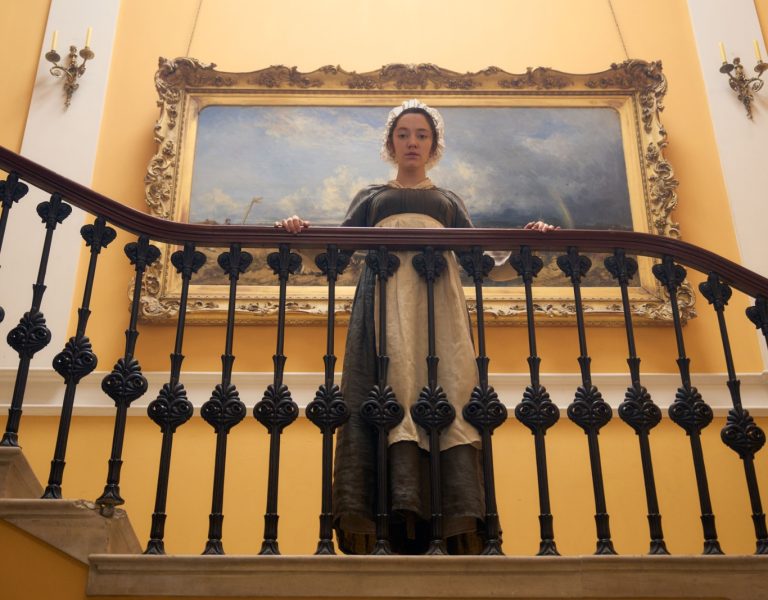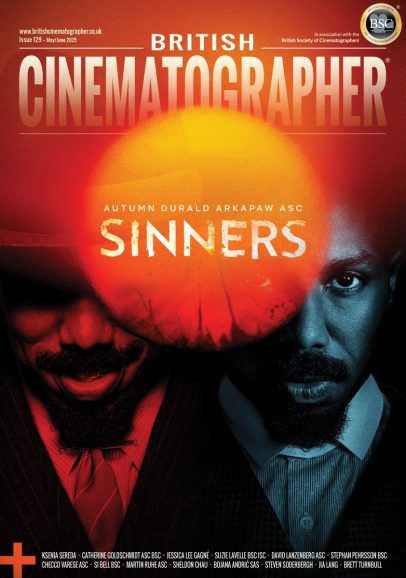Home » Features » Masterclass »
Contact Hours is a short drama about student suicide, told through the eyes of a university caretaker struggling to connect with his son. The film opens with a caretaker organising student letters into pigeon holes.
One student has lots of missed mail and a warning letter from the university, but the caretaker misses this and continues with his day. The first time I read this scene in Rufus Love’s screenplay, I was full of emotion; I very sadly already knew this story too well. After meeting with the film’s director Harry Richards, chatting about his hopes for the film, and sharing our own experiences about university, and suicide, I felt so grateful he had asked me to come and shoot the film with him. I knew this would be a very powerful project.
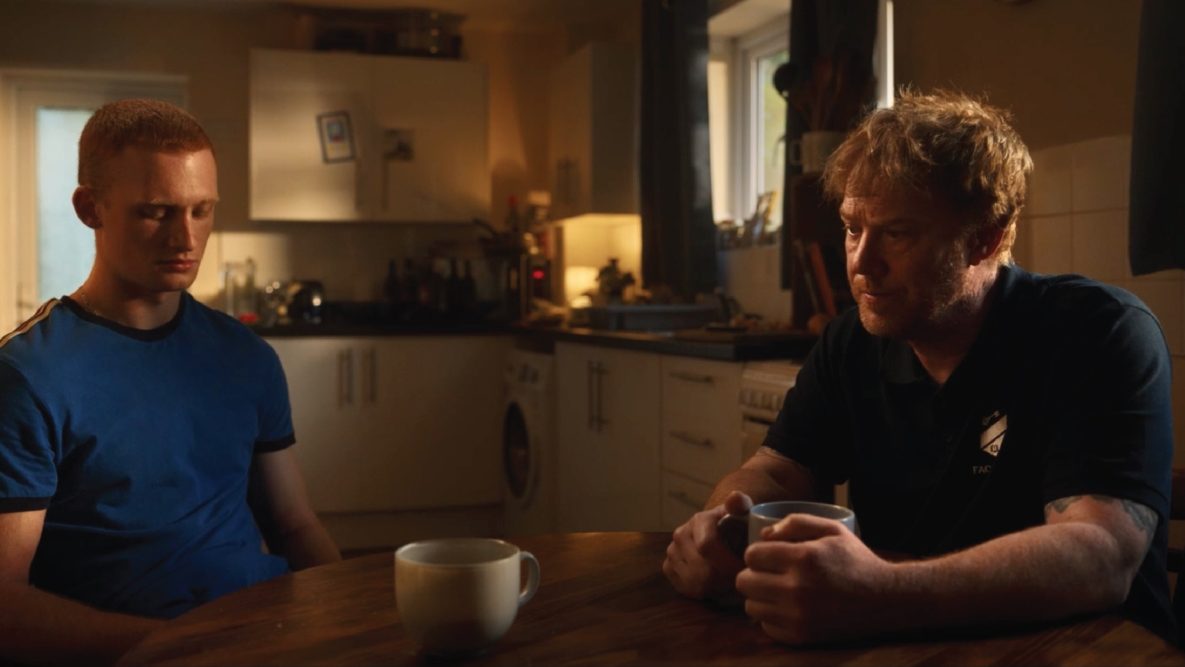
We shot the film on location, just outside London for three days in August 2024. With a runtime of twenty-five minutes, we knew we would be insanely squeezed to get everything we needed. Harry and I decided to capture the whole shot list on an iPhone during prep. Harry then cut the clips together, allowing us to have important creative conversations ahead of the shoot and saving us time on set. We joke now about that little edit he has on his phone, but really it became our Bible and something that we constantly referred back to during the shoot.
Harry always knew that he wanted a more ‘classic’ look for Contact Hours, so the film’s cinematography needed to never distract us from the story. One film we looked to as a reference early on in prep was Andrew Haigh’s All Of Us Strangers. We absolutely loved its palette of contrasting cool and warm colours, paired with beautiful skin tones. Everyone working on Contact Hours was locked into creating a unified colour palette to build a cohesive look for our film. The costume, production design and cinematography all had to work in unison. Much like in All Of Us Strangers, our cast were dressed in blue colours to contrast with our warm lighting, set design and the actors’ light skin tones. When in the grade, these pops of blue colour helped to ensure that our frames didn’t feel awash with the same colour.
The visual language of our film can be broken into two settings: the university halls and the caretaker’s home. We designed a look that would highlight the differences between these two spaces. For the university halls, I looked a lot at imagery of hospital wards. We wanted to emulate their overhead lighting. There are a couple shots in the film where we track the caretaker down the corridor, past numerous doors, and he repeatedly falls in and out of these pools of light. It creates a really ominous feeling that is crucial in the first half of the film.
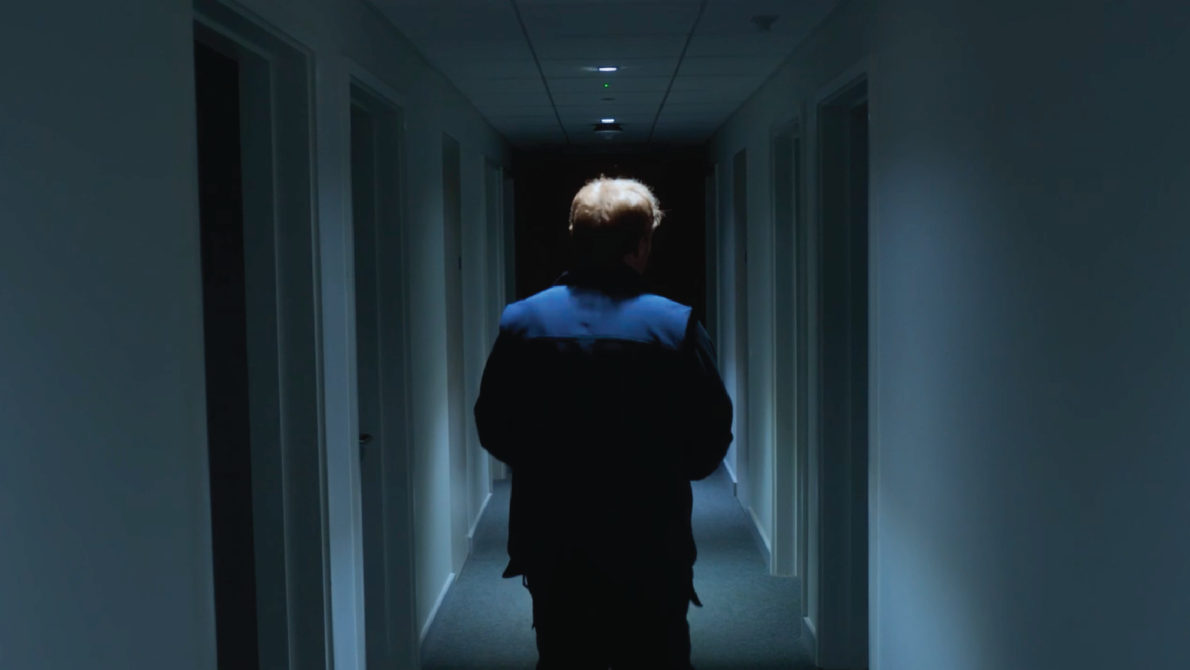
One of our biggest challenges was that our story was mostly set at night, but we were shooting in July. The long summer evenings meant we needed to either begin filming late in the evenings or black out our windows. Darkness not only helped us to build a more contrasty look, but it was integral to the script and mood of the film. Darkness can feel incredibly isolating and make us want to stay in our rooms; it represents a feeling of depression for me. The film’s subject matter meant that there needed to be this push and pull between darkness and light. We start in the dark and end in the light, building a feeling of hope over the course of the film. In the final five minutes, there is a scene between father and son where they open up to one another about their respective mental health battles. In this moment, the film’s cinematography needed to reflect the characters’ emerging optimism. The conversation takes place while the sun is setting, so we used a Nanlux 1200B and Creamsource Vortex 8 pushing through windows to emulate beautiful low light.
The lighting in this moment helps us to feel like we are coming out of a dark tunnel. My gaffer, Hannah Grinham, was absolutely my right hand woman on the job. Our experience working together has led our communication to be productive and streamlined. We have learnt to become more confident and run less on the floor. Sometimes the momentum of a shoot can be undermined if each shot has to be re-lit. Our reliance on wide shots, and shots where the camera moves through the space meant we had to find a way to light each location to a good level ahead of each scene and then just slightly tweak the lighting for each shot between setups. We also worked with practicals and spent a lot of time shaping the existing lighting of our locations. This often consisted of: throwing up blackouts behind camera, gelling lights seen in shot and using flags and nets for control. Ultimately the lighting had to feel organic and true to life.

The Panaspeed 29mm became my other best friend on the shoot – most of the film is shot at this focal length. When shooting a short film, I’m always keen to avoid changing lenses as much as possible, I believe it can throw the viewer off-kilter. Setting a standard field of view can make for a smoother experience for the viewer. Even though the 29mm on a full frame sensor is on the wider end, it worked beautifully for us as it meant our characters are framed within their environment.
For one scene that takes place in the corridor of the university halls, we had originally planned to cover it with over four shots. We ultimately managed to shoot it all in one. The 29mm lens’ wider field of view allowed us to see multiple characters in the frame, and its minimal focus breathing meant we could pull focus with few distractions.
The experience of shooting Contact Hours was truly a great one. The atmosphere on set was incredible and the whole cast and crew worked so hard. I really believe in the importance of having a good healthy working environment for everyone. Our mental health is still something we can be afraid to talk about. An amazing wellbeing team supported us throughout to create a really healthy working environment, which can sometimes feel rare in this industry. It was clear from the get go that this production was grounded in good intention. Contact Hours showed what can be achieved when you get the balance right between working hard and enjoying the process. Short filmmaking is never easy, and it always takes so much energy and willpower to create something special. It was a privilege to have a hand in telling this hugely important story and I hold so much respect for Harry’s determination to maintain such high standards throughout the whole process.


